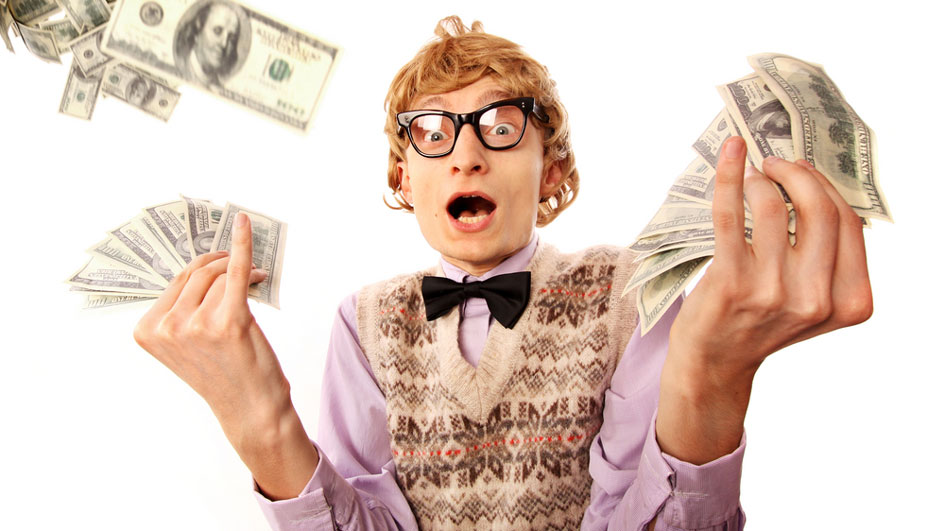
Recently Apple has been widely scrutinised in the media, with many pundits accusing the tech giant of having lost its ‘cool factor,’ and hailing its recent acquisition of Beats as an attempt by the brand to get its mojo back. This couldn’t be further from the truth. It’s a cheap headlining trick that the media knows will grab attention. Sitting on top of Interbrand’s list of the world’s most valuable brands, Apple has managed to maintain its position as an aspirational brand without ever losing its cool factor. The brand is, and will continue to be cool; what other brand or retailer would inspire consumers to queue overnight in their masses for the launch of a new product? The Beats acquisition is a good fit for Apple; the two brands complement each other and, with Apple’s assistance, Beats will also continue to reign supreme.
However, for some brands the pursuit of global domination can come at a major cost: The loss of their cool factor and aspirational quality. It’s interesting to note how far some brands will go to increase their profits at the expense of this intangible asset and how many have forfeited their coolness in the name of commercial success.
Take for example Innocent which started out as a small ethical start-up with an innovative idea: Get your five a day in a tasty bottled smoothie. For years, the founders waxed lyrical about the importance of getting natural, healthy foods to more people; however, as soon as a conglomerate came along with an attractive offer, they were happy to sell out in a highly-publicised deal worth an estimated £100 million. The brand charged handsomely for what consumers essentially viewed as a fashionable and strangely aspirational fruit juice. Innocent’s association with Coca-Cola, and the subsequent dilution of its signature entrepreneurial spirit, has dented the brand’s cool reputation. The acquisition swiftly led to consumer concerns about the effect of Coca-Cola’s involvement in the business and the impact it would have on the brand’s values and personality. All of this has resulted in a dilution of brand identity and raised questions about the ethical values of Innocent. The launch of a new range of smoothies from Innocent coincidently will now showcase the effect the products have on drinkers rather than just highlighting their ingredients. However, what Innocent has perhaps missed is that consumers now choose alternate, less expensive fruit-based drinks in a declining market. The take-home smoothie sector decreased in value by 2.7 per cent year on year in 2012 and it has also suffered the loss of something less tangible: It’s cool factor.
SEE ALSO: Industry Maverick, Jimmy Smith
On another note, what we wear to some people is an extension of their personality and, in the case of the luxury market, fulfills aspiration. A brand currently losing in the cool stakes of the fashion sector is American footwear brand New Balance. Once worn almost exclusively by hipsters in Shoreditch and Bushwick alike, the appeal of New Balance has now expanded to a huge new mass market audience, most of whom would never previously have considered wearing the brand. New Balance trainers are no longer regarded as a trendy item and, with every celebrity from Heidi Klum to Rihanna spotted wearing them, the brand’s signature strapline, ‘Endorsed by No One’ is certainly no longer a reflection of reality. In fact, it was reported earlier this year that New Balance is now the second most popular footwear brand on Asos.com, just behind Nike. This loss of exclusivity only serves to switch off millennials who bought the brand for niche values. While New Balance couldn’t control the rapid increase in its appeal to a much larger audience, by entering, the brand has effectively lost its niche cool factor and joins the likes of Adidas and Puma in the mainstream fashion trainers category.
Finally, who is Vivienne Westwood’s customer? Westwood, once regarded as the enfant terrible of the fashion industry, managed to create something truly unique that didn’t appeal to a mainstream audience. Westwood is rightly recognised as a bastion of fashion and a UK icon. However, by over-licensing her products, her famous orb logo is now visible on garments throughout the country and has, as a result, lost some of its uniqueness. Furthermore, her new partnership with Virgin Atlantic which sees the Westwood brand designing the airline’s new uniform, should also be called into question. How can a luxury brand retain its appeal when your first class passengers, who may aspire to wearing Westwood, are wearing the same biased cut skirt as the air hostess serving them? While some brand partnerships, like that of Apple and Beats, seem to naturally complement one another, it’s fair to say that Vivienne Westwood and Virgin Atlantic is a stranger partnership. When you consider Westwood’s stance on the environment and her work as an ambassador for Greenpeace, is Virgin Atlantic really a good fit?
When approaching a new partnership or considering a different strategic direction, it’s important to take into account the impact it will have on your brand and its reputation. Follow Apple’s lead and strive for global domination, but make sure to stay true to the values that made your brand cool or aspirational in the first place and never forget the demographic who made you great. Yes, generations choose different brands as we evolve through life; however, a brand’s target demographic, whilst perhaps getting richer, never radically changes, but rather evolves.
